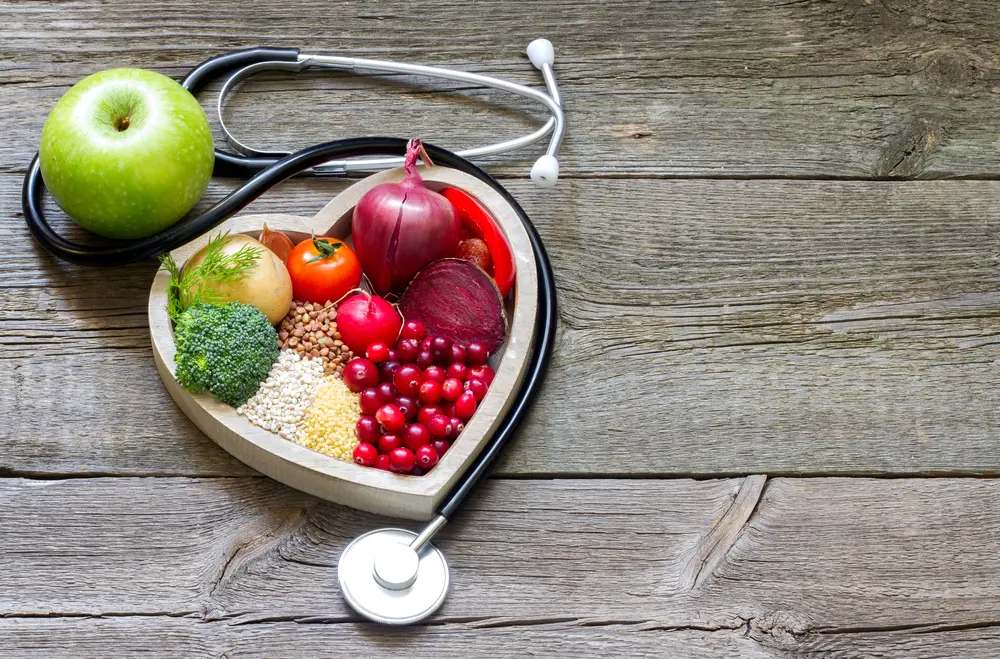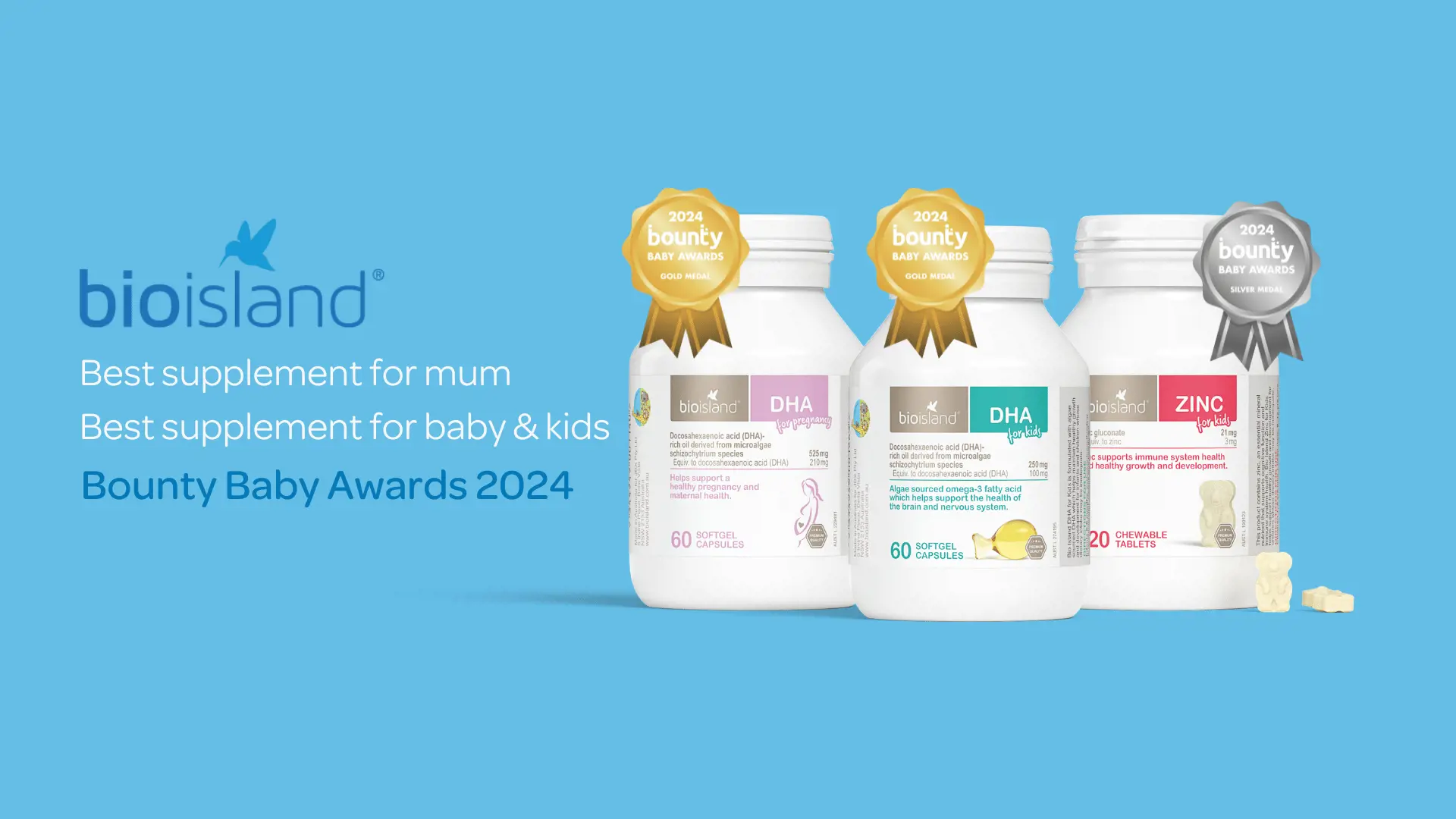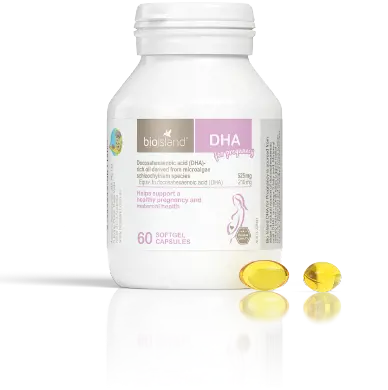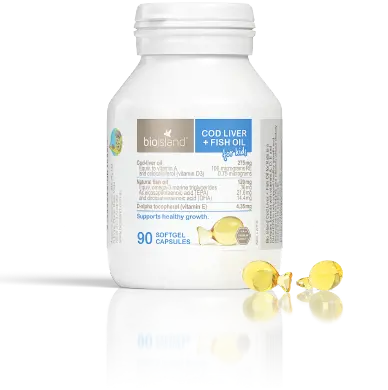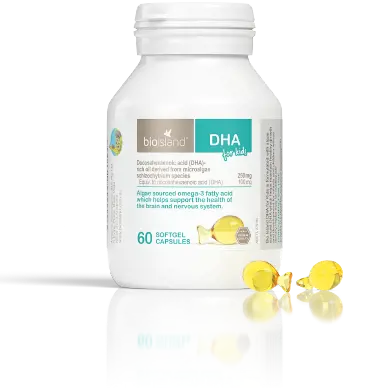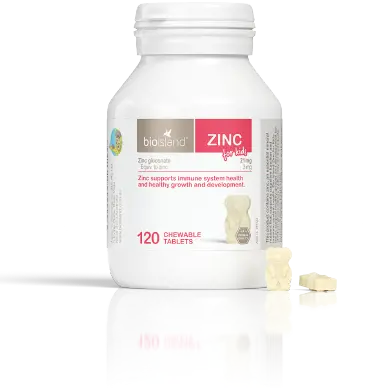
Several different omega-3’s exist, but the majority of scientific research focuses on alpha-linolenic acid (ALA), eicosapentaenoic acid (EPA), and docosahexaenoic acid (DHA)
Health Support
By Bio Island Nutrition Team
WHAT IS DHA & EPA AND WHAT ROLE DO THEY PLAY IN OUR BODIES?
Several different omega-3’s exist, but the majority of scientific research focuses on alpha-linolenic acid (ALA), eicosapentaenoic acid (EPA), and docosahexaenoic acid (DHA). Docosahexaenoic acid (DHA) and eicosapentaenoic acid (EPA) are the converted forms of arachidonic acid (AA) which has been metabolised from α-linolenic acid (ALA). DHA and EPA are the most biologically active omega-3 fatty acids.
Omega 3 fatty acids must be consumed in the diet as they cannot be created by the body. Omega 3 fatty acids play a role in growth and reproduction, neural development, skin and hair health and growth, wound healing as well as a structural role in cell membranes. Omega 3 fatty acids also provide a source of energy and may have an anti-inflammatory affect.
WHAT IS THE RECOMMENDED DAILY INTAKE (RDI)?
The Australian Government’s National Health and Medical Research Council (NHMRC) nutrient reference values recommends the below Adequate Intake (AI) of the combined long-chai n-3 fatty acids, DHA:EPA:DPA per day, based on median population intakes in Australia:
|
Age |
AI |
|
Boys & Girls 1-3 years |
40mg/day |
|
Boys & Girls 4-8 years |
55mg/day |
|
Boys 9-13 years |
70mg/day |
|
Girls 14-18 years |
85mg/day |
|
Boys 14-18 years |
125mg/day |
|
Women 19+ years |
90mg/day |
|
Men 19+ years |
160mg/day |
|
Pregnant women 14-18 years |
110mg/day |
|
Pregnant women 19-50 years |
115mg/day |
|
Lactating women 14-18 years |
140mg/day |
|
Lactating women 19-50 years |
145mg/day |
It is important to note that these are adequate intakes only and represent the ‘adequate’ amount an individual needs to consume to avoid signs of deficiency. A more accurate recommendation is that Adults should try to consume 250–500 mg of combined EPA and DHA daily, while children should consume between 10–12 mg per kg of bodyweight.
HOW DO I GET DHA & EPA? WHICH FOODS ARE HIGH IN DHA & EPA?
The main food sources of EPA and DHA are fish and seafood, especially deep-sea cold fish (halibut, herring, mackerel and salmon. It is important that women have sufficient amounts of omega-3 fatty acids in their diet throughout pregnancy as a diet deficient in omega-3 fatty acids (in particular DHA) may lead to complications during pregnancy. DHA supports the growth and development of a foetus and is essential for the development of the eyes, brain and central nervous system.
WHAT ARE THE SIGNS OF DEFICIENCY?
Signs and symptoms of an omega 3 deficiency in include skin irritation and dryness, dry eyes, and joint pain and stiffness. For children a deficiency may present as attention deficits, decreased growth and immunity, learning difficulties, and poor wound healing.
ARE DHA & EPA TOXIC? ARE THERE ANY SIDE EFFECTS FROM EXCESSIVE CONSUMPTION?
Omega-3s are generally anti-inflammatory and, if taken in supplemental form may thin your blood. If you are planning on having surgery, supplementation with omega-3 fatty acids should cease a week or two beforehand. It is important to consult with your healthcare practitioner before taking omega-3s if you have a blood clotting disorder or take blood thinners.
This information does not take into account your personal situation and is general in nature. You should consider whether the information is appropriate for your needs and seek professional medical advice.
Always consult your healthcare professional before taking any supplements or if any concerns arise.

